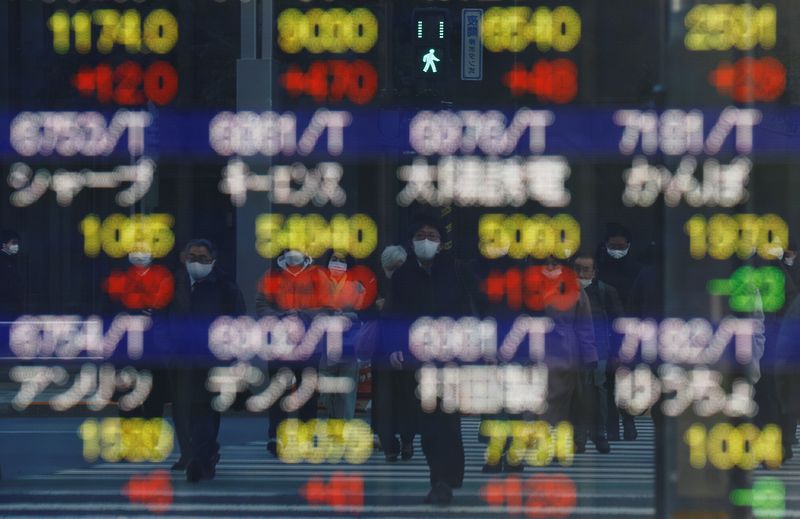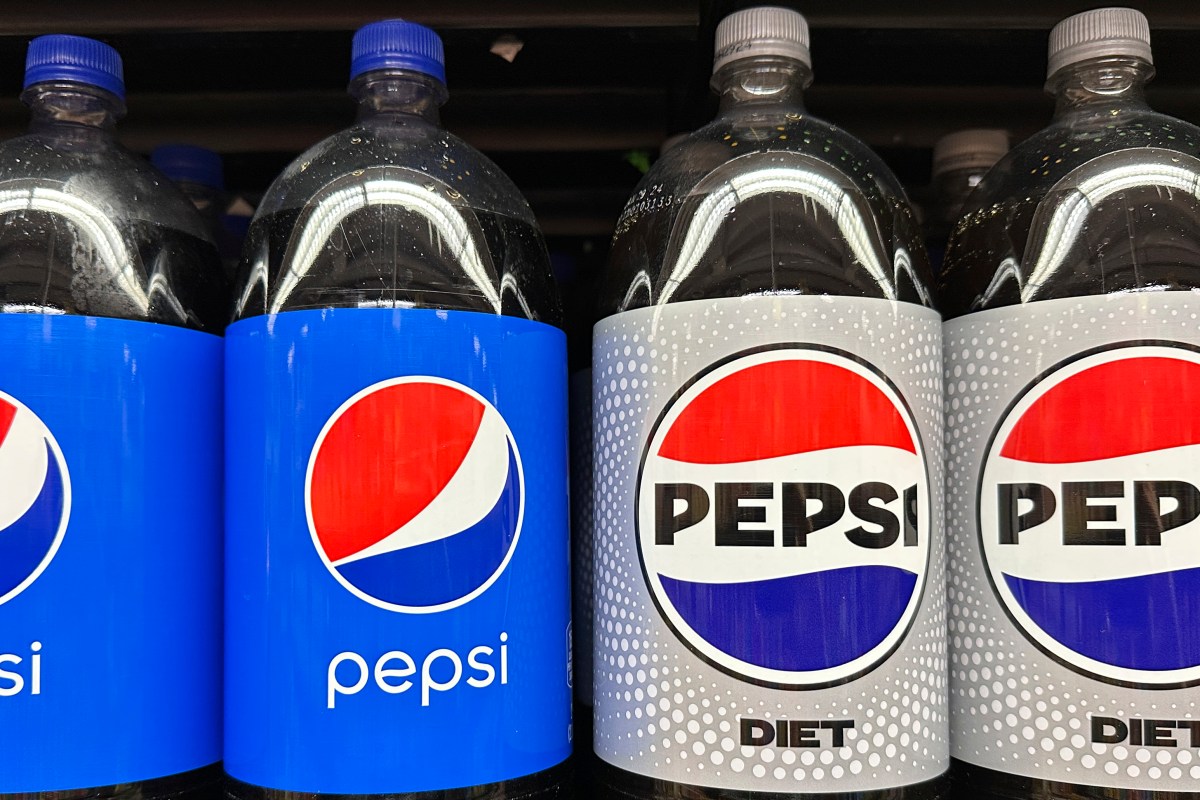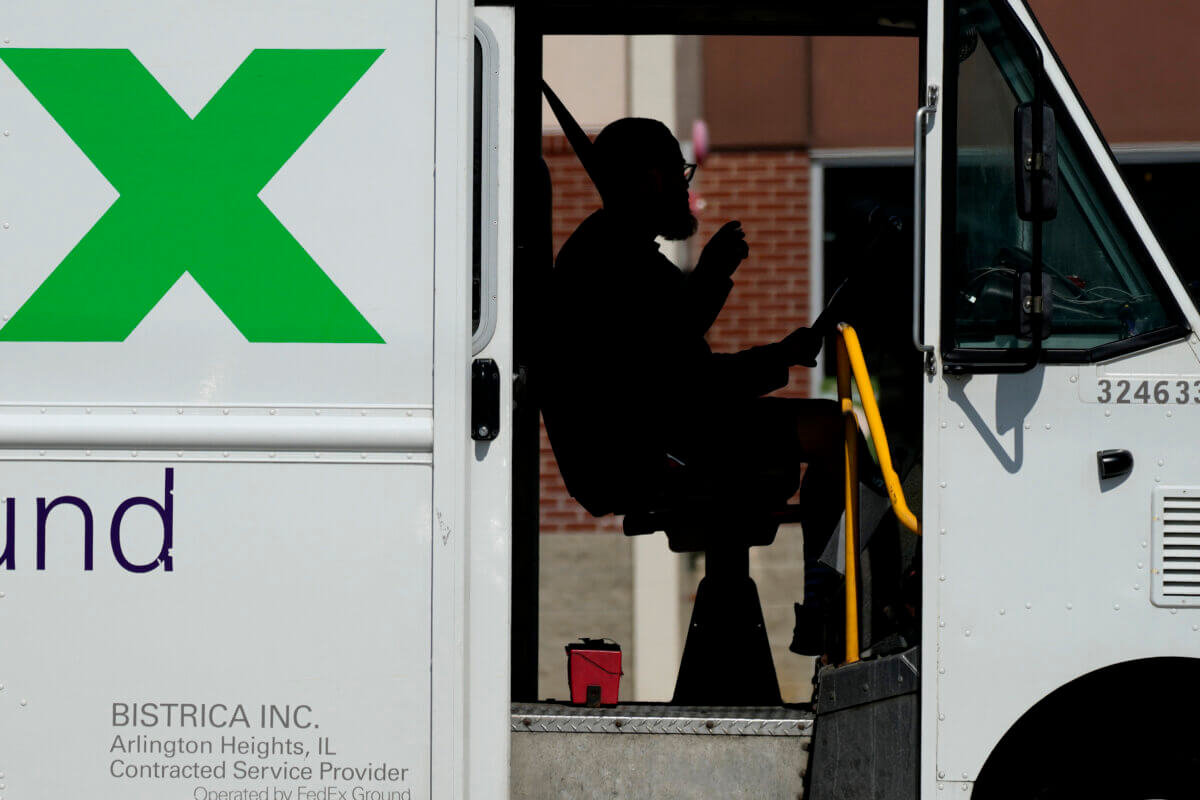ORLANDO, Fla. (Reuters) – The first quarter was a scary ride for most investors but those who stuck to a conventional ’60-40′ portfolio of stocks and bonds escaped relatively unscathed.
Having endured an energy price shock after Russia invaded Ukraine, rising interest rates and U.S. bond market plunge, and wild divergent swings in stocks and commodities, investors will be glad to see the back of the first quarter.
But the benchmark, long-term ’60-40′ equity/fixed income investment portfolio held up reasonably well. That’s because most of the pain came on the smaller bond side of the portfolio, and because the remarkable rebound on the larger stocks side late in the quarter significantly reduced overall losses.
According to Barry Gilbert at LPL Financial in Boston, a simple portfolio weighted 60% the S&P 500 and 40% the Bloomberg aggregate U.S. bond index lost around 4% in the January-March period.
That was ‘only’ the 19th worst performance out of 185 quarters going back to 1976, when the aggregate bond index was launched. There have been 47 ‘down’ quarters in total, the worst of all in late 2008 when losses topped 11%.
The average decline of these ‘down’ quarters is around 4%, roughly where the portfolio will close the current quarter.
“The first quarter was a big shock for investors. But if you’re looking at 60-40, it’s not good, but it’s not horrible,” Gilbert said. “We’ve been a little bit spoiled by the long bull market in bonds and sometimes people forget that bonds have risk too.”
Gilbert notes that the aggregate index comprising Treasuries, investment grade corporate and mortgage-backed bonds is down around 6%, on track for the third worst quarter since 1976. S&P 500 total returns are down around 2.5%
Other cuts of the U.S. bond market show the first quarter was equally bleak historically. The Bank of America Treasuries index lost 6% and the corporate bond index lost 9%, both the worst in at least 25 years.
Q1 Stocks & Bonds Performance https://fingfx.thomsonreuters.com/gfx/mkt/jnvwekjrnvw/Q1totals.png
Joe LaVorgna, chief U.S. economist at Natixis, notes that an index of the two-year Treasury note as measured by its weekly total return compared with a year earlier had its biggest fall ever, even worse than the bond market routs of the early 1980s and 1994.
Yields have shot up enough, and it may be time to buy.
“A person of courage would get long the long end. The market is pricing in a lot of Fed tightening, probably too much. The slope of the curve gives me confidence that the front end will rally at some point. Perhaps sooner rather than later,” he said.
2-Year US Treasury History https://fingfx.thomsonreuters.com/gfx/mkt/zgpomyalopd/NatixisUST.jpg
SHAFTS OF LIGHT
If the 60-40 investor is feeling any relief right now it is thanks to the rebound in stocks. As recently as March 15 the S&P 500 was down 14% year-to-date and on March 14 the Nasdaq confirmed a bear market, down 20% from its November peak.
The S&P 500 is back to within 5% of the all-time high it struck on January 4.
It was a similar picture globally. The MSCI World will end the quarter down around 4%, its worst performance since the pandemic crash two years ago. But it was also down 14% two weeks ago, and of the 47 negative quarters since the late 1980s, there have been 21 larger declines.
Valuations have come down and are closer to – although still above – long-term averages, and history suggests that stocks typically rebound after the 10-year U.S. Treasury yield falls below the two-year yield, as briefly occurred on Tuesday.
Recession risks are undoubtedly rising and inverted curves across the rates and bond markets confirm that. But imminent contraction is not in the cards, giving investors scope to push equities higher.
“Overall we find too much negativity rather than too much complacency in markets, and stay with a pro risk stance in our model portfolio,” JP Morgan strategists wrote on Wednesday.
Analysts at UBS note that since 1965 the S&P 500 has returned an average of 8% in the 12 months following an inversion of the 2s/10s part of the U.S. yield curve.
Strategists at Truist IAG calculate that the average return is 11%, based on the previous seven inversions going back to 1978.
S&P 500 Corrections https://fingfx.thomsonreuters.com/gfx/mkt/byvrjbmdove/SPCORRECT.jpg
(The opinions expressed here are those of the author, a columnist for Reuters.)
(By Jamie McGeever)



















